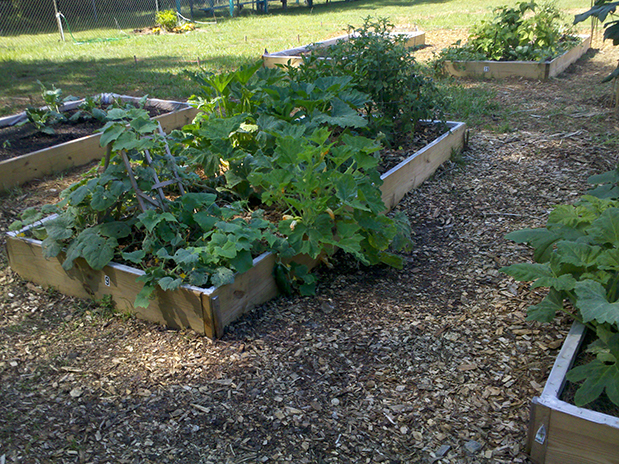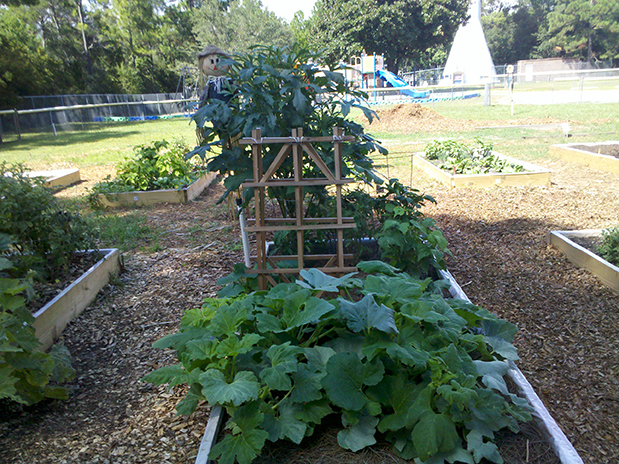A recent FLCitiesStrong webinar presented by the Florida League of Cities featured two cities with thriving community garden programs: the City of Belleview and the City of Mary Esther.
Mariah Moody, Belleview City Clerk, and Shawn Lindsey, Mary Esther Public Works Director, offered these suggestions:
- Start small, particularly if you are a small community. A waiting list will be useful if some residents lose interest in their beds quickly, move or decide to garden at home.
- Consider charging and providing some basic supplies to residents who need them. Belleview residents pay $10 a year. The City provides gloves and some tools.
- Establish rules. Belleview residents are required to maintain their gardens. If they don’t, they receive a note saying they have two weeks to clean it or the bed will be cleared and rented to someone else. In Mary Esther, a signed agreement dictates that they will plant by a set time or forfeit the garden. Residents also are required to visit the site about three times a week and attend a community meeting annually.
- Provide water and equipment maintenance. Belleview provides a couple of water hoses, and the Public Works Department does repairs. Mary Esther budgets about $1,000 a year for the equipment, such as an irrigation pump and a pressure tank, that might need to be replaced every 3-5 years.
- Consider partners. Belleview works with a local non-profit, Feed the Need Garden, that offers soil, plants and resources, including a quarterly class or bed replanting. In other cities where he worked, Lindsey partnered with a private university that had unused land. That city obtained grants to use the garden to address flooding. He also has partnered with a local extension service to use the garden as a demonstration project. Another community orchard was part of an industrial park. Other previous partners included a Keep America Beautiful affiliate, food banks, extension agencies, the local YMCA and corporations.
- Consider creating a garden with fruit trees and berry bushes. They don’t require as much regular care as vegetables do, Lindsey said. “They do require some pruning and some effort, but not as consistently,” he said. He also recommends cities use rubbery “mulch,” such as the type used in playgrounds, to avoid the need for regular weeding.
- Use a community garden to fight blight. In one city where Lindsey worked, there was an area perceived as being high crime. The city built a sidewalk with flowers, flowering trees, bushes, plants and edible landscapes. Within three years, that area was considered a showpiece of the community.
- Consider having a formal structure that spells out how the garden will be managed on a daily and annual basis. Ensure there is a grassroots effort with one or two committed people who show up daily. “The success all depends on the passion of the people and the resources that are surrounding that garden,” Lindsey said.
Some of his gardens have been successful, while others have not, he said. “The ones I’ve built that do require very little maintenance, except for occasional pruning, and they were built near industries or near a food bank or some dedicated partner, that’s when they have flourished.”
To view the webinar, click here. Listening to this webinar will earn you 1 point in the League’s Certificate Program for Elected Municipal Officials. Sign up for this free program to start earning points for the activities you already participate in.









